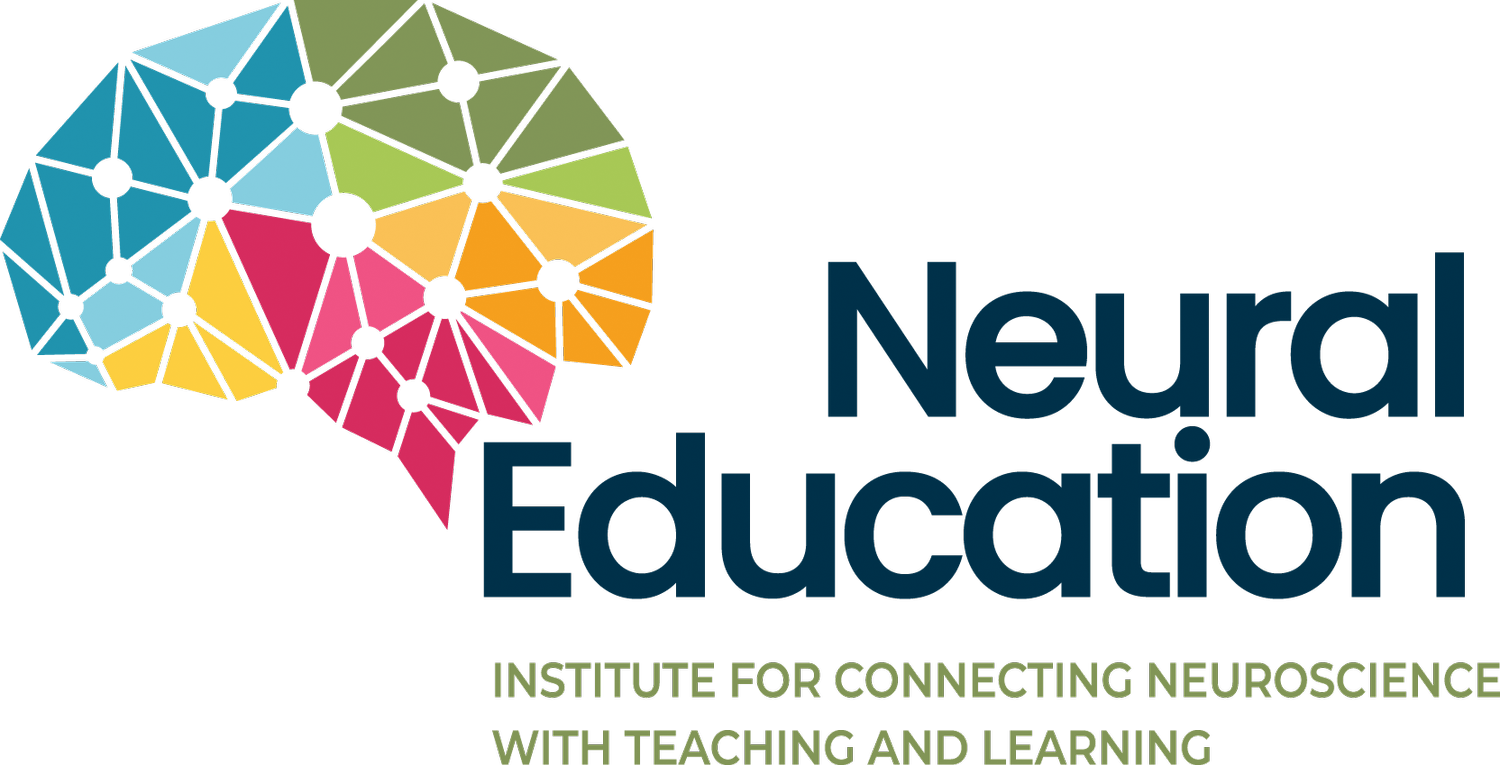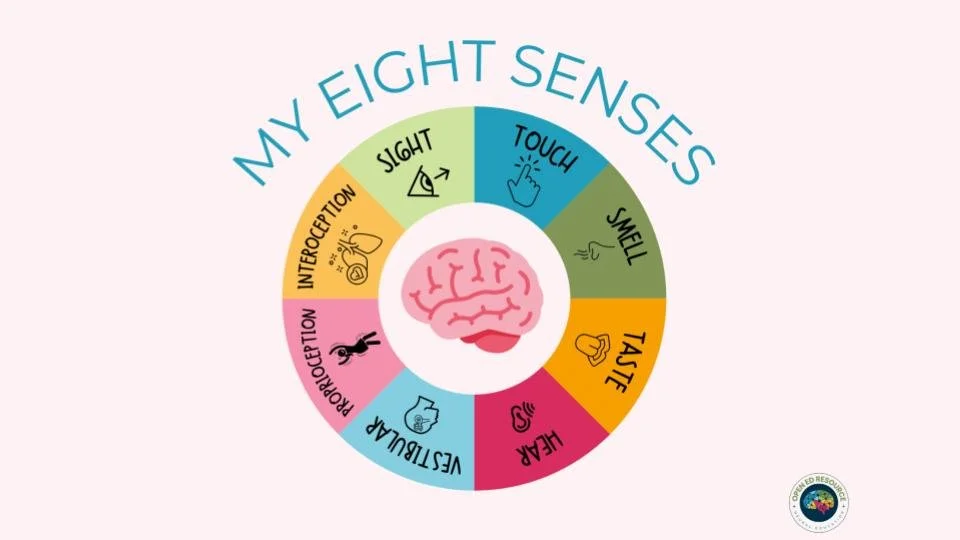Tuning Into Our Inner Signals: The Power of Interoceptive Awareness in the Classroom
As educators, we know the feeling well: a day packed with lessons, student needs, and unexpected challenges. It’s not until the final bell rings and we sink into our chair that we realize we haven’t eaten, our head is pounding, and we desperately need a bathroom break. In the whirlwind of teaching, we often miss the signals our bodies are sending us. It’s easy to see how our students might experience something similar, especially if they haven’t yet learned to notice or understand these internal messages. This is where interoceptive awareness, the ability to sense and interpret the signals from inside our bodies, comes in.
I first learned about interoception from Kelly Mahler’s work, and it transformed how I think about self-regulation, both for myself and my students. Mahler’s book, The Interoception Curriculum, explains how crucial this often-overlooked sense is for emotional and physical well-being. It’s more than just knowing when we’re hungry or tired; it’s about understanding the subtle cues that tell us when we’re becoming anxious, frustrated, or overstimulated. For many students, these internal signals are like whispers in a noisy classroom, they’re easy to miss if you haven’t learned how to tune in.
The Neuroscience of Interoception and the Insula
Did you know there are actually eight senses--not 5?!?
This revised chart reflects the addition of three senses, including interoception.
Interoception is our 8th sensory system. It is the sense that allows us to notice our internal body signals. Receptors in our internal organs and tissues gather information and send it back to the brain. Interoceptive awareness (IA) is the degree to which we are able to notice and connect our body signals to body needs. It relies heavily on a small but crucial part of the brain: the insula. Located between the frontal and temporal lobes, the insula is responsible for processing those interoceptive signals from the body. When you feel your heart racing or your stomach tightening before a big presentation, it’s the insula that helps you make sense of those sensations.
Neuroscientific research shows that the insula is highly plastic, it can be strengthened and refined through practice. This is where mindfulness comes into play. Mindfulness practices have been shown to increase the thickness and connectivity of the insula, enhancing our ability to tune into our internal states. Mindfulness is proven to improve our interoceptive awareness.
Mindfulness: The Path to Improved Regulation
Mindfulness practices can improve IA in as little as eight weeks. By focusing attention on the present moment and observing bodily sensations without judgment, students can learn to recognize and interpret their internal signals. Simple practices like body scans can help students build the skills needed to bridge the gap between co-regulation and self-regulation.
Incorporating mindfulness into the classroom doesn’t have to be complicated. It can be as simple as starting the day with a few minutes of deep breathing or ending a lesson with a quick body scan. Kelly Mahler suggests incorporating IA prompts into daily activities: How does our brain feel when listening to that lesson? How does our stomach feel before/after lunch time? How do our eyes feel after reading that passage? Even short, consistent practices can make a significant difference in how students tune into their internal experiences. We can also model mindfulness by verbalizing our own interoceptive observations, such as, “I’m noticing that my heart is racing. I think I’m feeling overwhelmed, so I’m going to take a deep breath.” Remember, there is no right answer when it comes to interoception- everyone's experience in their body is unique.
However, mindfulness isn’t a one-size-fits-all solution. For some students, especially those with trauma histories, tuning into body signals can feel unsafe. That’s why participation must always be an invitation, never a requirement. This can come in opposition to our often compliance-driven schools and classrooms, but compliance-based methods often teach us to tune out of our body and its needs as opposed to the tuning in that mindfulness and IA require.
Moving Beyond Compliance-Based SEL
Interoceptive awareness shifts the focus from external behavior to internal understanding. Compliance-based methods may teach students to follow rules and control their behavior, but they don’t necessarily help them understand their internal experience. When students learn to tune into their bodies, they can recognize early signs of stress, frustration, or overwhelm and take steps to address their needs before they escalate. This isn’t about enforcing rules; it’s about empowering students to become active participants in their own well-being.
This shift requires a cultural change within our schools. It calls for educators to foster environments where self-awareness and emotional regulation are valued just as much as academic achievement. By helping students strengthen their insula and develop interoceptive awareness, we’re giving them the tools to tune into their bodies, understand their emotions, and respond with intention. This empowers them to navigate challenges with greater self-awareness and resilience, building a foundation for lifelong well-being and emotional intelligence.

